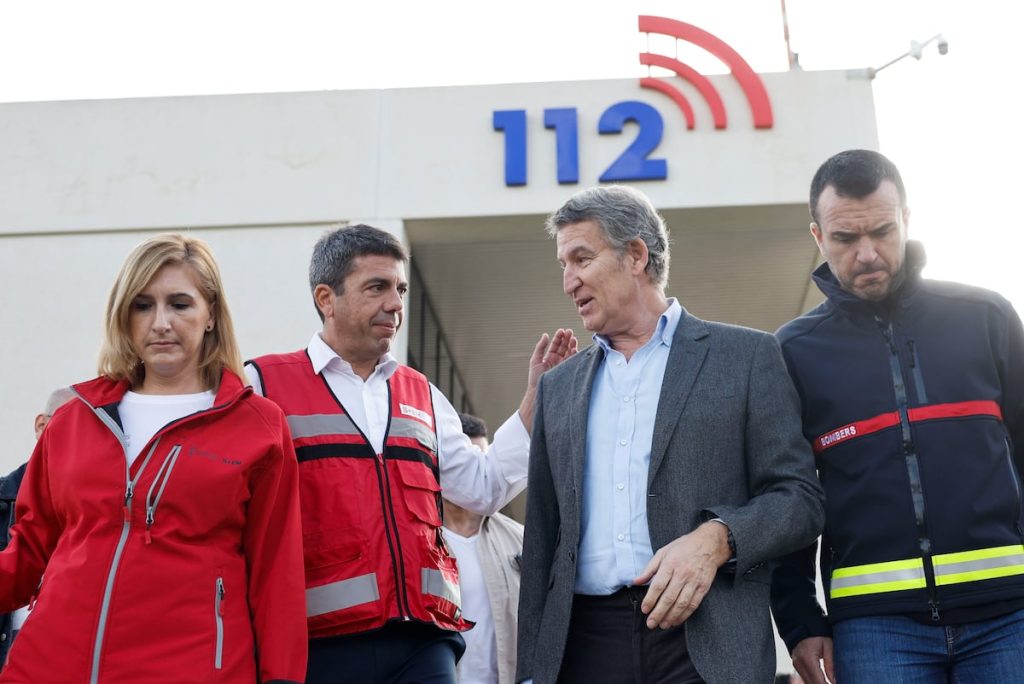Salomé Pradas, the counselor of Justice and Interior of the Valencian Generalitat, responsible for emergency management, stated that she was not aware of the existence of the ES-Alert system until the evening of Tuesday, October 29, when the floods had already devastated much of the towns affected by the dana. Pradas claims that at 8:00 p.m. that Tuesday, after speaking on the phone with the Secretary of State for Ecological Transition, a technician informed her that there was a mechanism called ES-Alert. Shortly after, the Generalitat sent out a mass alert asking citizens to avoid any movements within the province of Valencia. However, the ES-Alert system had been publicly presented by the Valencian government two years earlier and had been active in the region since this year, as reported by the Generalitat in a circular.
The Cadena SER released an audio recording of the Cecopi meeting referred to by the counselor. The audio shows that at 7:15 p.m., the possibility of sending alerts to mobile phones was already being discussed, an hour before the alert was finally sent, and before the conversation at 8:00 p.m. that she mentioned. Pradas, the government delegate in Valencia, Pilar Bernabé, and a technician were present at the meeting. The Generalitat’s documents also acknowledge that the system is already active, allowing for the sending of messages to mobile phones in situations of extreme gravity and the need for action by recipients of the alerts.
The ES-Alert system was presented to the public in the Valencian Community in October 2022 and had been tested in other regions of Spain as well. It allows for direct messaging to the population to alert them of emergency situations or disasters, providing guidance on how to act. The previous counselor, Elisa Núñez, highlighted the benefits of the system in coordinating emergency services and warning citizens of imminent risks in their municipalities. The system had been tested in various regions of Spain before its actual implementation in emergencies.
The ES-Alert system, which allows for mass alerts to be sent via mobile phones, is a powerful tool for early warning in natural disasters. It enables the network to communicate with millions of devices in seconds without causing network congestion. In Spain, the system had been activated in several regions for different emergencies, including gas leaks, heavy rains, and floods. The system had been successfully tested in various provinces, including Guadalajara, Madrid, and Valencia, demonstrating its effectiveness in alerting the population to potential risks.
Pradas, who took office in July, oversees the Secretariat for Security and Emergencies. She assumed the role following the departure of Vox from the coalition government with the PP. Pradas had previously held positions related to environmental and territorial issues within the Valencian government. Despite claims of not being informed about the ES-Alert system until the day of the dana, there is evidence that the system was known and actively discussed within the government prior to the floods. The controversy surrounding the timing of the activation of the alert system raises questions about the preparedness and communication within the Valencian administration during emergencies.
In the aftermath of the tragic dana of October 28, messages through the ES-Alert system were sent out on 22 occasions in the following days, emphasizing the importance of early warnings in disaster situations. While Pradas had denied prior knowledge of the system, the timeline of events and official documents indicate that the ES-Alert system had been in place and tested for use in emergencies. The discrepancies in Pradas’ statements and the actual implementation of the alert system highlight the need for effective coordination and communication strategies during crisis situations to ensure the safety of the population.















